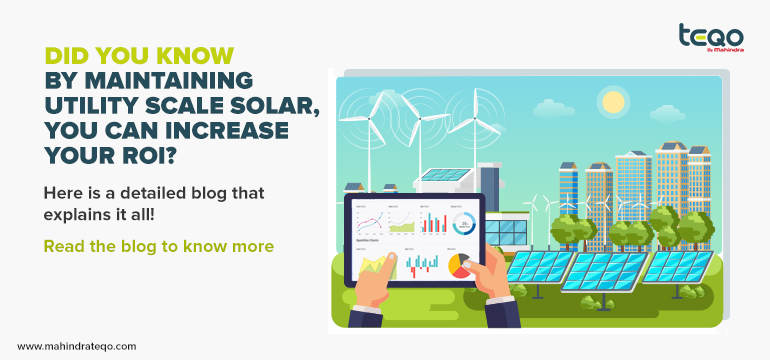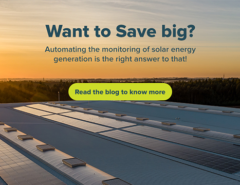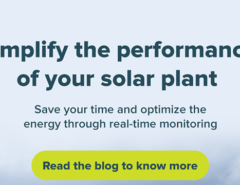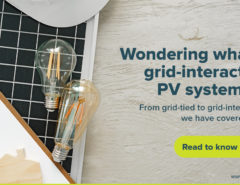A utility scale solar plant is a setup that generates electricity on a very large scale either through photovoltaic power stations or concentrated solar power. Developing utility-scale solar power is one of the fastest ways to reduce carbon emissions and can put a State on the path to a clean energy future.
Utility scale solar plants also provide the benefit of fixed-priced electricity during peak demand periods when electricity from fossil fuels is the most expensive. They create jobs across the supply chain, from R&D and engineering to manufacturing, and project finance to development and construction.
Utility scale solar plants facilities vary in size. They can range from producing a mere 1 megawatt to a whopping 377 megawatts of solar power and create an important impact on the environment
Difference between utility scale and rooftop solar
As compared to the rooftop, utility scale solar plants offer you much more flexibility. While rooftop solar is oftentimes limited in where it can be placed, larger projects of scale are in considerably optimal locations with guaranteed higher sun exposure.
By expanding the size of the project, utility-scale projects can also provide the opportunity for battery storage, which means that we will be able to generate electricity in rain or shine. But just like your rooftop solar panels, even utility scale solar plants require a lot of maintenance.
Some of the best practices to maintain utility scale solar plants for longer life and higher ROI.
- Identify and implement a spare parts strategy early in the project development, as some parts available today may not be available tomorrow
- All PV panels go through natural degradation, this cannot be prevented but can be taken into account in the planning process and can be covered in warranties
- PV solar plants are at risk of getting struck by lightning. In such cases a grounding system is advised to be installed to avoid lightning strikes.
- Solar panels are also at a risk of getting cracked; in such cases not much can be done but carefully operated and maintained.
- Contrary to the popular statement, high temperatures can actually damage solar panels, leading to the emergence of the hot spots. To solve this problem, all shading should be negated, and electrical connections should be optimized.
Rooftop solar panels are a great consideration, however, we at Mahindra Teqo are focused on multiplying the benefits of utility-scale solar projects across the country with SolarPulse, a Mahindra Teqo product. SolarPulse is a cutting-edge solar PV monitoring and analytics solution.
SolarPulse offers a comprehensive solution which includes data acquisition hardware, cloud-based monitoring software and advanced analytics for solar PV plants. Developed over 4 years with experience, SolarPulse comes in 3 variants and works with all inverters, energy meters & weather stations.
It is the only solution in the Indian market with an integrated forecasting module to meet your regulatory requirements at just Rs. 299 per month. Head to SolarPulse for more details.




